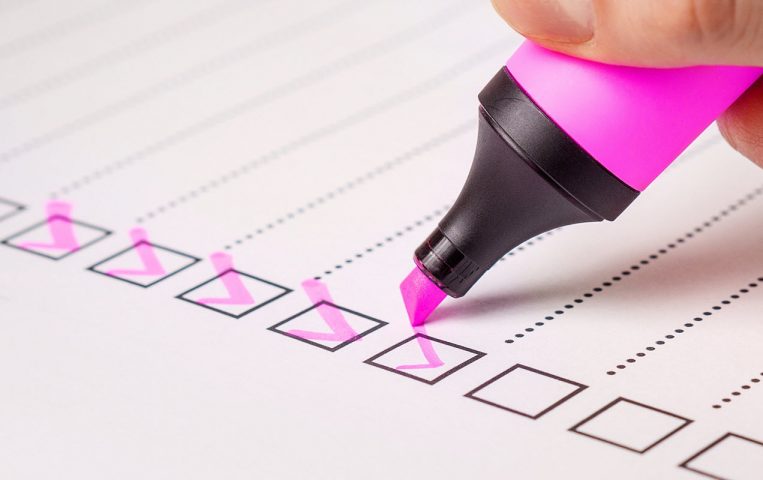Multitasking or Monotasking?

How Paper Helps You Concentrate?
November 27, 2018
10 Digital Trends Your Company Needs to Lead or Explore in 2019
December 4, 2018
It is often said that women are better multitaskers than men – because they must be. But today’s digital world is creating a whole new layer of distraction and attention-consuming “tasks”. Does that leave room for successful multitasking – or do we need a new approach?
Designer Paulo Cardini says only two percent of us are “supertaskers” – the rare individuals who can successfully control a multitasking environment. For the rest of us, he says, there’s monotasking.
What Is Monotasking?
Monotasking is the art of focusing solely on the task at hand.
In today’s digital world, it is easier said than done. With busy lives and distractions coming from every angle, it can be hard to focus solely on the one thing. Manoush Zamorodi, managing editor of WNYC Studio’s Note to Self-podcast, says, “We weren’t talking about this before because we simply weren’t as distracted… Our gadgets and all the things we look at on them are designed not to let us single-task.”
Yet research suggests we should.
A 2009 study from Stanford University found multitaskers to have poorer attention spans and memory than those who focused on one thing at a time. In 2015, Iowa State University researchers found students who spent more time on social media were more likely to have a lower GPA.
The Need for Focus
According to Kelly McGonigal, author, psychologist, and lecturer at Stanford University, “research shows that just having a phone on the table is sufficiently distracting to reduce empathy and rapport between two people who are in conversation.”
And, once we start multitasking, our brain has a way of tricking us into doing it more. According to Susanna Newsonen, our brains get a thrill – in the form of a shot of dopamine – from completing lots of things. Thanks to this rush of hormones, we end up mistaking these distractions with being productive.
Worse, our over-optimistic mindset causes us to make more mistakes.
How to Monotask
- Writing in CEO Magazine, Dr. Jenny Brockis suggests several methods that can help us to move to a monotasking approach.
- Ensure that meetings and conversations are technology-free.
- Work to a schedule that enables your brain to focus; aim for an uninterrupted time of an hour to an hour and a half, during which technology is turned off or set to “do not disturb”, followed by a twenty-minute brain break. This gives your brain time to refresh between periods of high concentration.
- Find the reward in monotasking: prioritize the three most important items on your daily schedule and work through each sequentially with your technology turned off. The reward of getting through these key items early in the day will be highly motivated to continue with your monotasking approach.
The notion that women are better multitaskers than men probably originally arose from women’s traditional role as primary caregivers. After all, it’s hard to focus on a task properly when you have a toddler demanding your attention.
Today, it’s probably more accurate to say that all parents of young children feel a great pressure to multitask.
Yet even for parents of young children, monotasking is a good skill to hone. Conversations with your children, reading them a story at bedtime, and giving them the attention they need, all work better when you focus single-mindedly on the task at hand too.




